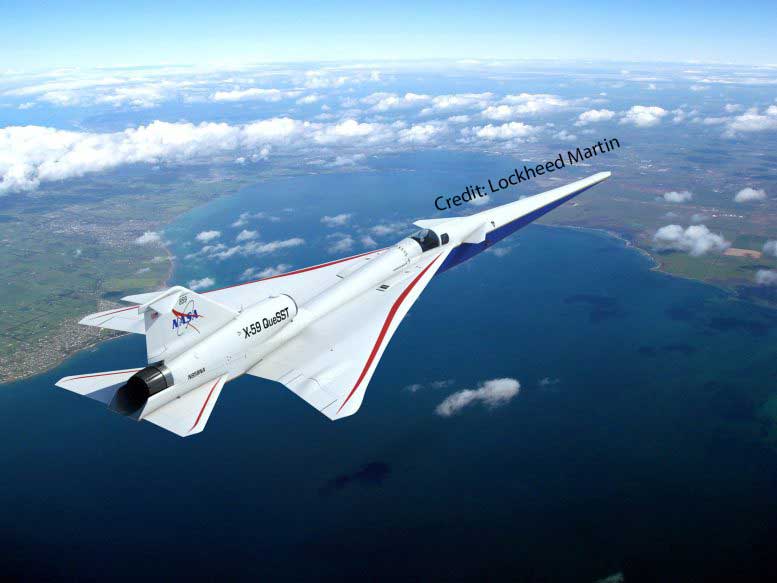NASA’s X-59: The Future of Supersonic Flight is Here! 🚀
NASA X-59 testing phase
NASA’s X-59 Quiet Supersonic Aircraft Nears Key Testing Milestones for Sonic Boom-Free Flight
NASA’s experimental X-59 aircraft is nearing the culmination of its rigorous testing phase, with efforts focused on validating its ability to break the sound barrier without producing the disruptive sonic boom that typically accompanies supersonic speeds.
These tests encompass everything from structural integrity checks to thorough evaluations of control systems, paving the way for a groundbreaking era in quiet supersonic travel.
Advancing NASA’s X-59 Testing
The dedicated team behind NASA’s X-59 continues to meticulously prepare the aircraft for its inaugural flight. This process includes a series of critical structural tests and essential inspections, all vital steps on the path to flight.
The X-59 is a revolutionary aircraft designed to exceed the speed of sound without generating the notorious sonic boom. It is poised to be the first of its kind to take to the skies, with the primary objective of gathering acoustic data for NASA’s Quesst mission, potentially leading to the future of commercial supersonic travel over land.
Engineering Hurdles and Ground Testing
Given its unique design, the engineering team faces the formidable challenge of predicting every facet of the X-59’s performance before it ever leaves the ground. This requires exhaustive testing on the ground to collect data that will validate the complex models developed for the aircraft’s fuselage, wings, and control surfaces in flight.
Data Acquisition and Structural Assessment
The structural tests conducted on the X-59 offer invaluable insights for the engineering team. Between 2022 and 2024, engineers gathered extensive data on the forces the aircraft will encounter during flight and the potential impact of vibrations on its performance.
“You conduct these tests, gather the data, and while some areas align well with expectations, others reveal opportunities for enhancement,” Silva remarked. “It’s all part of the process, refining and optimizing the aircraft.”
Final Preparations and Building Anticipation
Earlier this year, the X-59 underwent a series of structural coupling tests, during which its control surfaces—including ailerons, flaps, and rudder—were maneuvered via computer control.
This marked the conclusion of three pivotal structural tests. In 2023, engineers employed “shakers” to assess the aircraft’s response to vibrations, following a proof test in early 2022 that confirmed the aircraft’s ability to withstand the forces it will face in flight.
Additionally, this year saw the installation and successful inspection of the X-59’s ejection seat, a critical safety feature for the pilot during all phases of flight.
With these structural tests and the ejection seat installation now complete, the X-59 is set to move toward a new milestone: initiating engine startup for a series of ground-based test runs.
The aircraft’s next steps also include testing its avionics and extensive wiring for potential electromagnetic interference, simulating flight conditions in a controlled ground environment, and completing taxi tests to validate its ground mobility before the maiden flight.
“First flights are always intense,” said Natalie Spivey, an aerospace engineer at NASA’s Armstrong Flight Research Center in Edwards, California. “There’s a lot of anticipation, but we’re eager to see how the aircraft performs in the air. It’s going to be an exhilarating moment.”
NASA X-59 testing phase







